Warmest years since 1880 | ||||
Our planet is alive |  Automatic translation Automatic translation | Updated January 19, 2013 | ||
The Earth is a living planet, now this "macro body" is feverish and humanity that dwells in panic every flood, storm, tsunami and another earthquake. | It assesses the productive area required for a population to meet its consumption of resources and needs to absorb waste. Image: These color maps show global temperature anomalies at the surface from 1980 to 1984 and from 2008 to 2012. The temperature rises the highest compared to the normal (average 1951-1980), in blue, negative anomalies (up to -2 ° C) and the red positive (up to 2 ° C). Credit: NASA / Goddard Space Flight Center Scientific Visualization Studio NASA Goddard Institute for Space Studies. | 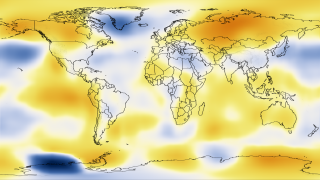 Image: This world map shows temperature anomalies from 1980 to 1984.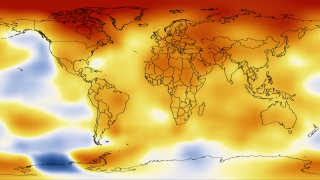 Image: This world map shows temperature anomalies from 2008 to 2012.. | ||
The 10 warmest years | ||||
The temperature at the surface of the globe in 2012 was higher by 0.55 ° C (1 ° F), compared to the average temperatures from 1951 to 1980 (source data from the Goddard Institute for Space Studies published in January 2013). The temperature of the planet varies from year to year, so quickly that it is possible to represent a color map, this increase as a sensitive indicator of the frequency of climate anomalies. Global average temperature over 5 years, has stagnated since ten years, which we interpret as a combination of natural variables and a slowdown in the growth rate of climate forcing. The analysis reveals that in 2012 NASA had almost the same global temperature in 2011, well below the peak reached in 2010. These short-term global fluctuations are mainly associated with natural oscillations of surface temperatures of the tropical Pacific sea. But 2012 is nominally the ninth warmest year since 1880. We reject more CO2 and other waste and that odorous likely to continue because the energy needs of the world population increases, with demographics. We note at once that nature unleashes more violently and at the same time that the living world is struggling to adapt to these climatic fluctuations, leaving the weakest. Everything happens as if our "macro body" Earth is currently undergoing a small "fever". | Image: The analysis of the NASA surface temperature of the Earth shows that 2012 is the ninth warmest year since 1880. This is from 1880, as global temperature data are recorded with sufficient weather stations around the world. Scientists at the Goddard Institute compared the average temperature of each year, the average from 1951 to 1980. This 30-year period provides a basis for measuring global warming due to increasing atmospheric levels of greenhouse gas emissions. Blue, negative anomalies (up to -2 ° C) and the red positive (up to 2 ° C). Credit: NASA / Goddard Space Flight Center Scientific Visualization Studio NASA Goddard Institute for Space Studies. |
"The data available on this site may be used provided that the source is duly acknowledged."



 Will man be the biggest animal on Earth?
Will man be the biggest animal on Earth?
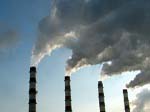 Acid rain beyond the natural
Acid rain beyond the natural
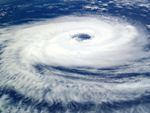 Global warming
Global warming
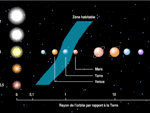 Habitable zones or ecosphere of stars
Habitable zones or ecosphere of stars
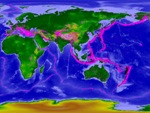 Ocean water from elsewhere
Ocean water from elsewhere
 Sustainable development, the living are watching us
Sustainable development, the living are watching us
 The Aral Sea regains color
The Aral Sea regains color
 The largest dam in the world
The largest dam in the world
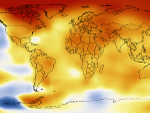 2012 the 9th hottest year since 1880
2012 the 9th hottest year since 1880
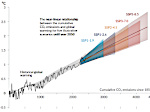 Magnitude of future global warming
Magnitude of future global warming
 Earth in crisis, the end of a stable world
Earth in crisis, the end of a stable world
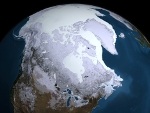 Decrease in sea ice
Decrease in sea ice
 Chile earthquake
Chile earthquake
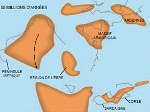 Water reservoirs on Earth
Water reservoirs on Earth
 How much is the sea level rising?
How much is the sea level rising?
 Planetary Darkening
Planetary Darkening
 The Land of Thirst
The Land of Thirst
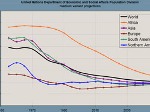 World population 2011, decline in the birth rate
World population 2011, decline in the birth rate
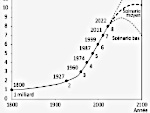 World population 2022, are we already overpopulated?
World population 2022, are we already overpopulated?
 Space debris, exponential increase
Space debris, exponential increase
 Oil at the dawn of a revolution
Oil at the dawn of a revolution
 Kamchatka giant crab
Kamchatka giant crab
 The collapse of a society
The collapse of a society
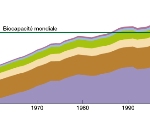 Global Ecological Footprint
Global Ecological Footprint
 The South Atlantic Anomaly
The South Atlantic Anomaly
 The phenomenon of soil sinking is called subsidence
The phenomenon of soil sinking is called subsidence
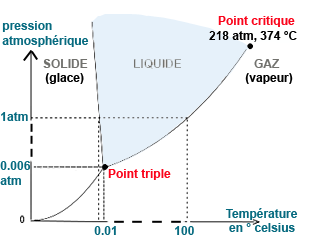 Supercritical water, a special state
Supercritical water, a special state